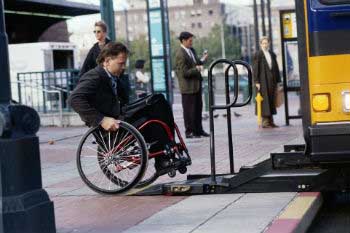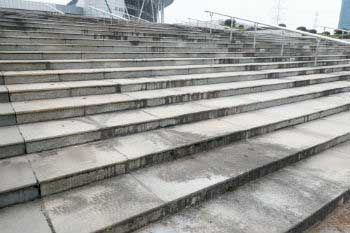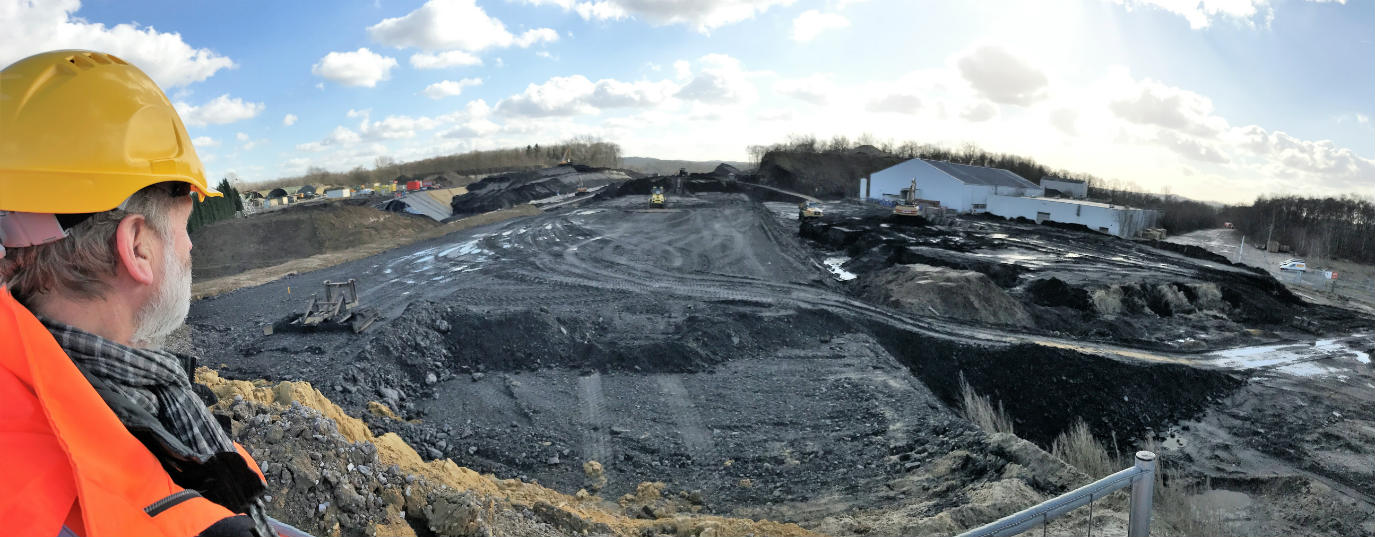How are accessible cities?
More and more cities are seeking to become accessible cities and thus be a model of mobility for its inhabitantsThe same urban scenario may represent two very different things depending on who is walking through it. A passerby without mobility problems will hardly notice the obstacles: he will go up and down stairs, save curbs and surround obstructions without diverting their attention. By contrast, those with disabilities face, in the same setting, a tortuous odyssey that in many cases it is impossible to overcome.
Cities have begun to develop an inclusive sensibility relatively few years ago. The different urban planning implemented by local governments have neither taken into account the architectural barriers nor ensured full accessibility for disabled until recently. However, adapting civic environments to all citizens is today one of the highest aspirations on sustainability.

How is accesibility measured in cities?
When analyzing the accessibility level of cities there are several markers. For example, the European Commission grants since 2010 the Access City Award, an award that recognizes the efforts of the inclusive cities in the old continent. This award takes into account the following areas of action:
- The built environment and public spaces
- Transport and related infrastructure
- Information and communication, including new technologies (ICTs)
- Public facilities and services
Cities like Avila (Spain), Salzburg (Austria), Berlin (Germany) and Gothenburg (Sweden) have been recognized with the Access City Award in the last five years.
Social inclusion: another key factor

It is important to note that a city does not become accessible only by adapting its structures to all kinds of people. Social inclusion is also key in providing equal conditions for its inhabitants. the platform Dealing with Different, a global source specialized in information of interest to disabled people, explains that there are some factors to talk about fully accessible cities.
For example, the ease with which a disabled person can access a job and the possibility of keeping it is another factor analyzed by this platform and not in vain the European Commission states that "people with disabilities represent one-sixth of the EU's overall working-age population, but their emplooyment rate is comparatively low."
On the other hand, apart from the removal of architectural barriers, it is important to have into account the weather conditions: it is not the same to use a wheelchair on dry, wet or snowy pavement. The quantity of fitness centers, rehabilitation clinics and specialized health centers per capita are also an important indicator.
In a list recently compiled by Dealing with Different cities like Nantes (France), Stockholm (Sweden), Pamplona (Spain), Albuquerque (New Mexico), Orlando (Florida) or Chicago (Illinois) are outlined as accessible and inclusive cities.
Accessible cities and tourism

The cities that fit their environments not only to its residents but also to its visitors deserve an special mention. The prestigious travel guide book publisher Lonely Planet has compiled a list of destinations that have adapted their infrastructure, sometimes very complicated for people with disabilities, to allow all travelers visiting historical monuments, hiking through natural landscapes, activities as scuba diving... In this list we can find destinations like Playa del Carmen (Mexico), Galapagos and Amazon (Ecuador), Barcelona (Spain), Sicily (Italy), Melbourne (Australia) or Ljubljana (Slovenia).
In your opinion, what factors turn a city in an accessible and inclusive environment? Tell us about it and participate with your comments.
Sources: European Commission, Dealing with Different, European Commission II and Lonely Planet.







